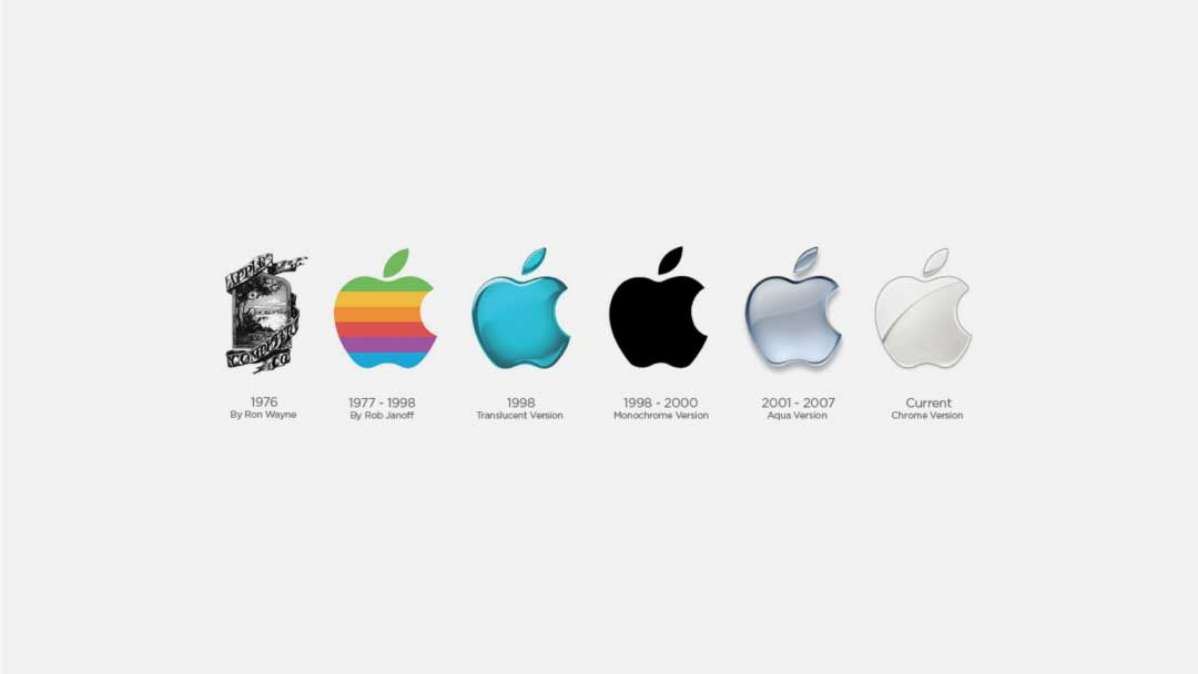From what we analyzed in the previous blog, a dichotomy emerges in branding between developing new brands and revaluing old ones.
Today, companies tend to reinvent themselves and look for new ways to get customers and improve their sales. Many opt for rebranding but seen from the second position explained in the previous blog: the radical change of brand. That is important to remember since rebranding is much more than that. It does not necessarily mean changing one brand for another.
Getting rid of an established brand with history and years of continuous investment and superficially replacing it with a new brand contradicts everything discussed since we started this blog. Despite this, rebranding has become a popular strategy for companies.
The idea of the brand as a significant asset on which the success of organizations depends is deeply ingrained in today’s corporate culture. Furthermore, it is an essential pillar of the modern marketing discipline.

Time: a key factor for brands
Another premise that supports the effort applied to rebranding is that strong brands are built through many years of sustained investment. That, if executed well, will provide a vast stream of loyal customers leading to massive sales. At the same time, it will gain an enviable market share and a continuous stream of revenue for brands. Despite this, there has been a marked increase in well-known companies renaming or changing names in recent years.
That is why discarding a long-standing brand and starting over from scratch with a new brand overnight makes no sense. Likewise, the effort to launch a new brand when an obsolete one is at hand is another case that draws attention. It could relaunch itself and take advantage of its brand equity built up over the years. The important thing would be to explore the problems of relevance to the phenomenon of the development and launch of a brand, be it new or revalued.

Analyze brands first
Therefore, everything analyzed throughout the previous articles serves to understand better the processes followed when facing a rebranding project. That includes name change, redesign, repositioning, and stakeholder communication. This knowledge leads to addressing a critical issue, which is the effectiveness of rebranding when facing new businesses and finding new market niches. For this reason, before deciding to change the brand, the company must conduct a strategic analysis to guide the final decision.
Concerning the above, this analysis must consider those factors that can cause the brand to exit the market. That, according to David Aaker, can arise from various conditions:
-
Demand declines when the brand’s decline rate is fast and continues to grow.
- The lack of brand loyalty and product differentiation in the consumer’s mind could anticipate extreme price pressure from the competition.
- When the brand’s position is weak, some competitors have obtained significant and irreversible advantages.
- When the company’s mission has changed.
- When certain obstacles cannot be overcome.

Decide later
In many cases, the decision to rebrand proved highly unstable, with many companies facing the opposite of expected results. As Professor Andrew Ehrenberg states, even if the brand declines and begins to lose some customers, brand loyalty and purchase rates remain stable among other consumers. Thus, the decision to rebrand must be very well founded on a detailed analysis of the brand’s characteristics.
Things to keep in mind
For example, Puma, Apple, and Gucci are some of the brands that have successfully undergone a rebranding. These companies have left some golden rules in the strategic decision of rebranding, mainly with the things they did not do:
- They did not change the name or logo.
- Any media channel did not announce that they were about to reposition or do something radical to the brand.
- They were very patient.
- Each brand has taken a decade or even more to change.
- Changes in advertising strategies intervened at the end of the rebranding process.
According to Tito Ávalos, founder of La Cocina, a brand is an experience that generates a mental representation. This experience is driven and sustained by the organization’s culture. That involves everyone who makes it up to achieve a sustainable brand over time. The survival of an organization depends, to a certain extent, on the assembly of its purpose and organizational culture. That requires a business strategy that fulfills that purpose but simultaneously takes charge of the experience that makes users live through their culture. Therefore, branding is a process inside and outside the organization, and the branding strategist must be willing to accompany it.
In conclusion
A successful rebranding strategy starts with something other than million-dollar campaigns or radical changes to the name, logo, or other branding elements. It begins by solving various internal problems in an inside-out process.




